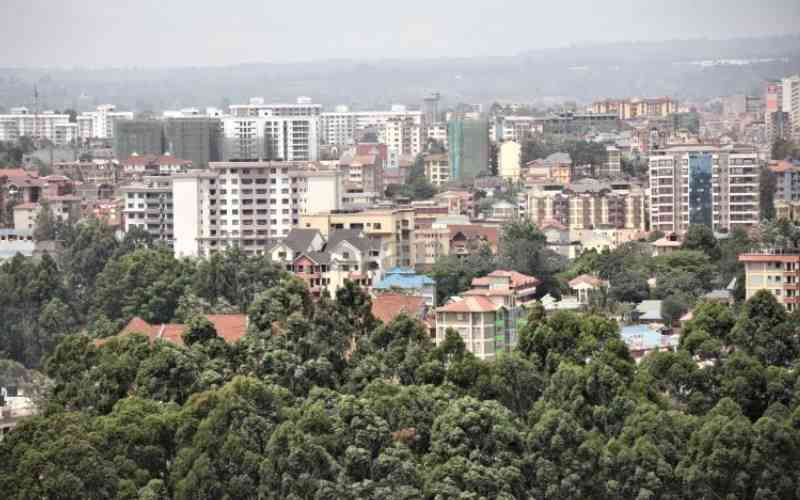This week I had four encounters in my office of healthy Kenyans who paid me a visit so I could explain to them what was going on in the health sector. I had another similar conversation with acquaintances at a public sector function.
I am pleasantly surprised that at last ordinary Kenyans are beginning to ask the right questions regarding the health sector — and I went straight to the point, having been in the sector for nearly 30 years.
I witnessed the 1994 doctors strike first-hand. I believe we are still reeling from the negative effects of that particular strike. The subsequent ones have only served to worsen the already heavily depleted public health sector.
So I thought I should paint the picture of the magnitude of the problem first.
First, every month about 20 per cent of Kenya’s population or nine million people, experience an illness. About 7.8 million of these individuals will seek care at one of over 10,000 facilities in Kenya.
And around 120,000 Kenyans will be hospitalised according to the 2013 Kenya Household Health Expenditure and Utilisation Survey.
For both patients and providers, there is a struggle in this churn of illness and care seeking; the uncertainty and worry that accompanies disease, the difficulty of finding money to pay for care, caring for patients when staff, medicines or equipment are in short supply, coping with the loss of a loved one.
Secondly, the importance of human resources in health cannot be over-emphasised. Overall, Kenya has 16 doctors per 100,000 population and 153 nurses per 100,000 populations against the WHO benchmarks of 100 doctors per 100,000 and 356 nurses per 100,000 population.
Furthermore, only a third of these are in the public service while two thirds are in the private sector. Therefore, a third of the doctors cater for 57 per cent of outpatient visits and 64 per cent of admissions serviced by the public sector
Third is the snowballing of spending that occurs when people receive poor quality care. Misdiagnoses or incorrect treatment prolongs illness episodes and cause families to repeatedly visit different providers for consultations, tests and alternative treatments.
In addition, the poor do not have the insulation a job with a formal company affords, so the more time spent ‘searching’ for quality care, the more income they could be earning from their labor that is lost.
Hence the need for a functional public health system that assures universal health access to all without suffering financial depletion.
That’s what doctors are demanding based on lengthy negotiations concluded in 2013, yet to be implemented by the government
 The Standard Group Plc is a multi-media organization with investments in media
platforms spanning newspaper print operations, television, radio broadcasting,
digital and online services. The Standard Group is recognized as a leading
multi-media house in Kenya with a key influence in matters of national and
international interest.
The Standard Group Plc is a multi-media organization with investments in media
platforms spanning newspaper print operations, television, radio broadcasting,
digital and online services. The Standard Group is recognized as a leading
multi-media house in Kenya with a key influence in matters of national and
international interest.
 The Standard Group Plc is a multi-media organization with investments in media
platforms spanning newspaper print operations, television, radio broadcasting,
digital and online services. The Standard Group is recognized as a leading
multi-media house in Kenya with a key influence in matters of national and
international interest.
The Standard Group Plc is a multi-media organization with investments in media
platforms spanning newspaper print operations, television, radio broadcasting,
digital and online services. The Standard Group is recognized as a leading
multi-media house in Kenya with a key influence in matters of national and
international interest.










